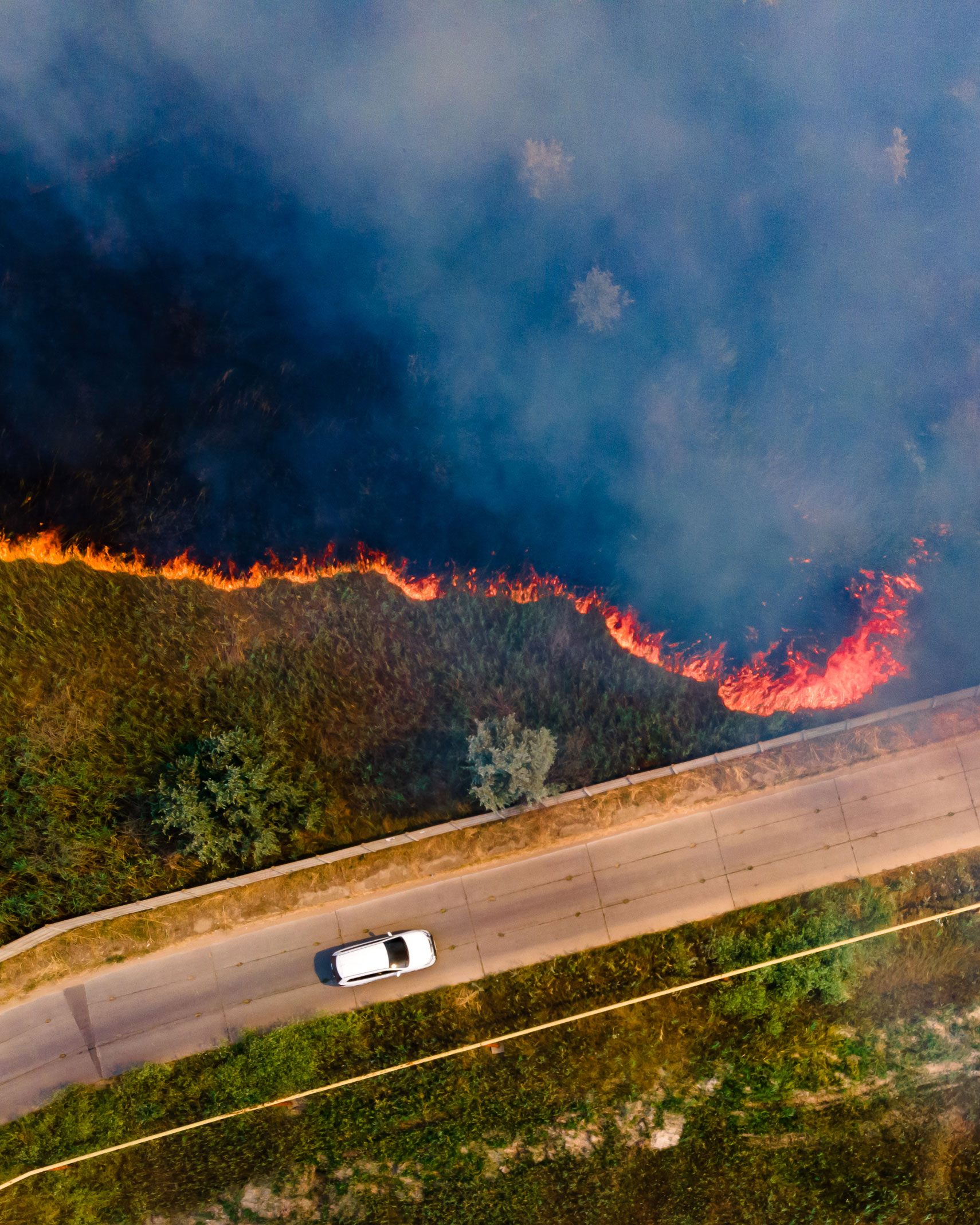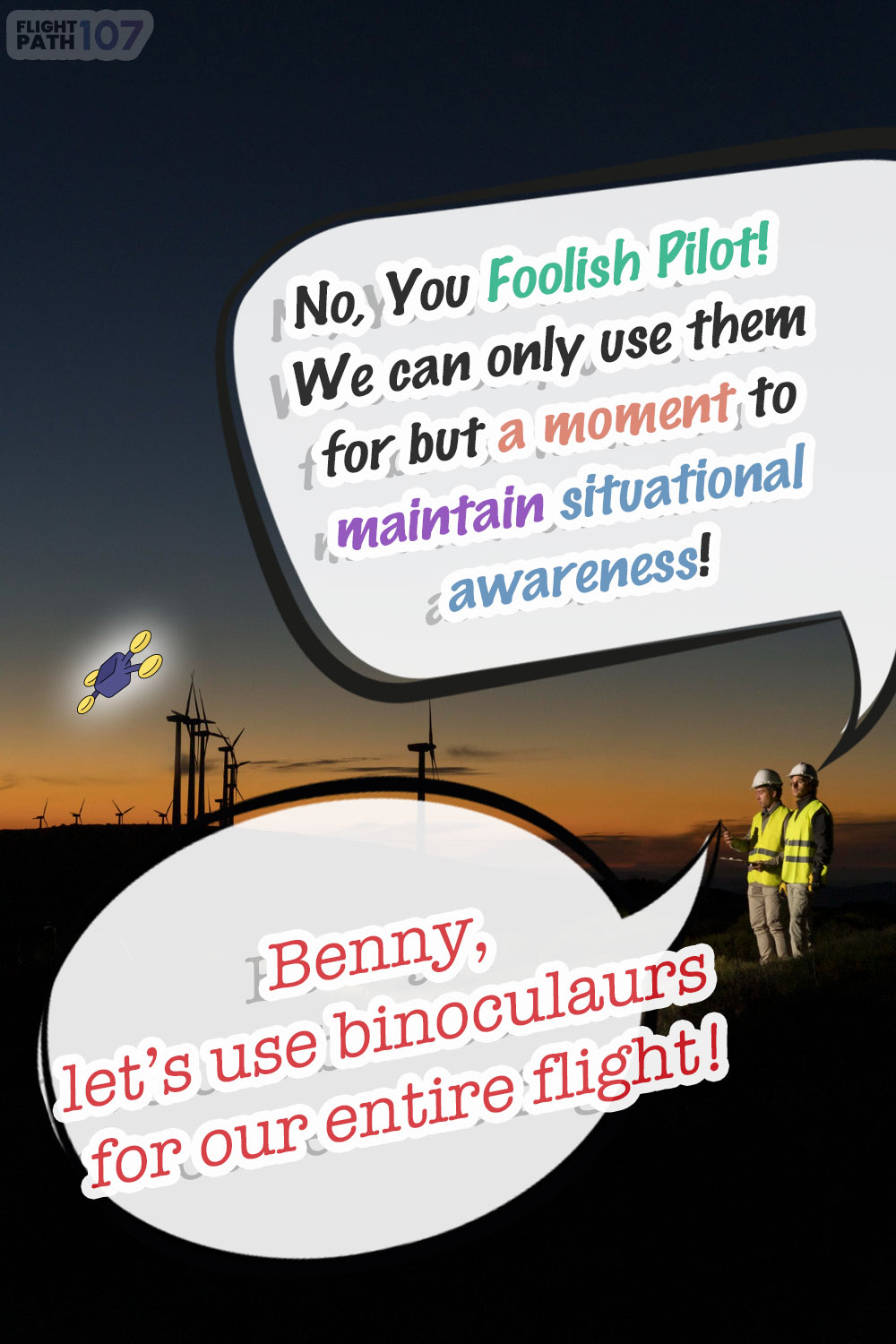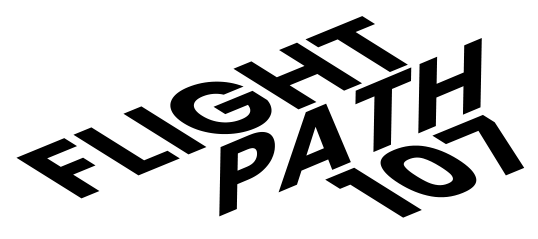Maintaining
Visual Line of Sight
VLOS refers to the ability of the remote pilot in command to see the drone with unaided vision throughout the entire flight operation.
Continuous Visual on Drone
Keeping constant visual contact at all times during flight is vital not only for controlling the drone but also for scanning the airspace to spot any potential traffic risks.
Use of Visual Observer
The remote pilot may enlist a visual observer to assist in maintaining VLOS. The observer must maintain direct communication with the remote pilot and share the responsibility for maintaining visual line of sight.
No Obstructed Views
The visual line of sight must be clear and unobstructed, ensuring no physical barriers, buildings, or obstacles impede the pilot’s ability to see and manage the drone.
Sky Scanning to Support VLOS
When drone operators scan the sky in sections, following VLOS rules, they stay on top of their surroundings. It helps them spot other aircraft, keeping their flight safe and smooth.
*When Remote PICs Transfer Drone Control
The remote PICs must maintain visual line of sight of the drone throughout the entire transfer process, and complete the transfer without loss of control.
Stipulations to
Maintaining VLOS
Enhancing situational awareness without compromising VLOS compliance.
The keyword here is maintaining.
You cannot maintain VLOS with the following tools such as binoculars or first person view cameras. You can only use them momentarily to aid/enhance in situational awareness. This allows for enhanced situational awareness without compromising VLOS compliance.
The pilot must rely on direct visual observation, without using cameras or screens, during the flight.
Binoculars and FPV Devices (Not Okay):
First-Person View (FPV) Devices
Using an FPV camera, which provides a view from the drone’s perspective through a remote screen or goggles, is not permitted for commercial operations under Part 107. It may hinder the operator’s ability to maintain unaided visual contact with the aircraft.
Binoculars
Using binoculars to maintain visual contact with the aircraft does not comply with VLOS guidelines, as VLOS requires the pilot to see the drone with unaided vision. Binoculars are not permitted because they can create a false sense of proximity and hinder the pilot’s ability to accurately judge the drone’s position and surroundings.
*You may use binoculars to momentarily aid/enhance in situational awareness.
Correct Lenses (Okay):
Part 107 allows corrective lenses (i.e. glasses) for the crew, including the remote Pilot-in-Command and visual observers.
Field Examples

Amid a search operation around a fire scene, the Remote PIC and the team find themselves in a challenging situation as the drone gets temporarily concealed by a thick column of smoke.
Understanding the necessity of the mission, the Remote PIC reassures the crew, “In these conditions, it’s okay to briefly lose sight due to the smoke. We’ll maintain situational awareness, prioritize safety, and follow Part 107 regulations to navigate through this critical operation successfully.“

Your boss and the Remote PIC has just arrived at their flight mission location, where they are to use an sUAS to inspect high voltage powerlines.
Due to muddy conditions, they are unable to follow the aircraft closely, and begin explaining, “I might just use binoculars continuously to maintain visual contact throughout the entire operation.“
You, a crewmember, tell your boss, with the conviction of a recruit ready to show their promise, “Boss, that’s a no-go. It violates Part 107; we can only use binoculars briefly to boost awareness, not throughout the whole operation. Let’s keep it compliant for a safe and successful mission.“



